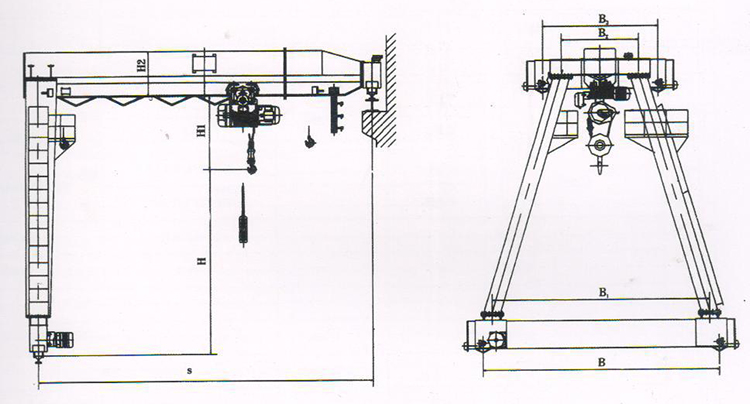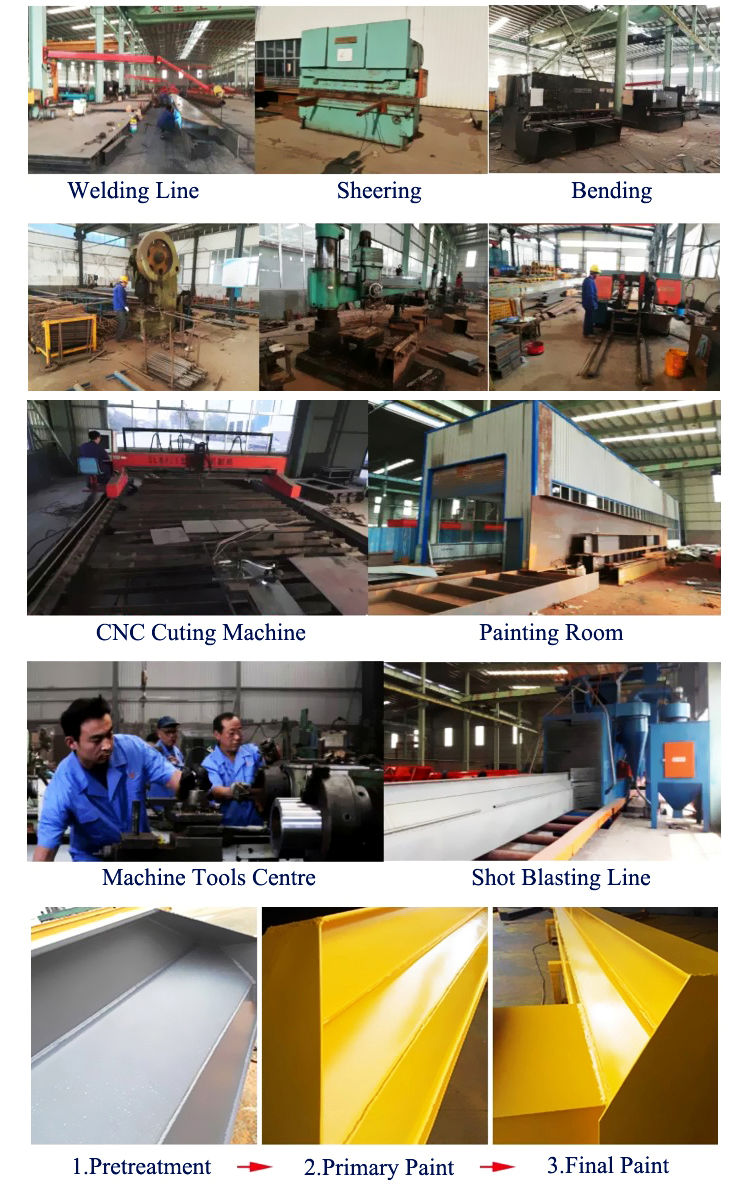Lightning protection is a systematic project. As early as 1960, when Mr. Wang Shizhen made a summary of the electrical engineering of the Great Hall of the People and wrote the book "Lightning Protection for Buildings", he proposed six important factors for lightning protection design of buildings, which played an important role in the standardization of lightning protection in China. .
First, the flash function
Refers to the conditions for implementing the lightning function, including the form of the lightning receptor (lightning rod, lightning protection belt and lightning protection net), the withstand voltage and pressure resistance, the continuous lightning effect, the cost and the aesthetic unity of the lightning receptor and the building. Wait.
Second, the impact of diversion
Guide the impact of the line on the shunting effect. The thickness and quantity of the down conductor directly affect the shunting effect, and there are many down conductors. The lightning current passing through each down conductor is small, and the sensing range is small. The distance between the down conductors should not be less than the specifications in the specification. When the building is very tall and the down conductor is very long, a voltage equalizing ring should be added in the middle of the building to reduce the inductance voltage drop of the down conductor. This not only allows for shunting, but also reduces the counterattack voltage.
Third, the equilibrium potential
All parts in the building are formed with an equal potential, that is, equipotential. If the structural reinforcement in the building can be connected to various metal installations and metal pipelines to form a uniform electrical conductor, the building will certainly not generate different potentials, thus ensuring that there will be no counterattack and endanger the human body in the building. A safe contact voltage or step voltage is also of great benefit to prevent lightning electromagnetic pulses from interfering with microelectronic devices. The reinforced concrete structure of the building Z has the conditions for achieving equipotentiality because most of the internal structural steel bars are naturally welded or bundled together. In order to meet the requirements of the lightning protection device, the lightning device should be purposefully welded, bundled or lapped together with the beam, plate, column and foundation, and at the same time, various metal equipment and metal pipelines can be welded or carded. Together, this makes the entire building a good equipotential body.
Fourth, shielding
The main purpose of shielding is to protect communication equipment, electronic computers, precision instruments and automatic control systems in buildings from lightning electromagnetic pulses. These facilities in the building will not only be subject to electromagnetic interference when the lightning protection device is connected to the flash, but also because of their high sensitivity and low pressure level, sometimes they are subject to electromagnetic radiation of lightning waves when lightning or lightning is nearby. The impact, even when other buildings are connected to flash, will be affected by electromagnetic waves coming from there. Therefore, we should make full use of the steel bars in the reinforced concrete structure, that is, the floor, roof, wall, and steel bars in the building, so that they form a hexahedron cage, that is, a cage lightning protection net, so as to achieve shielding. . Due to the different structural structures, the steel bars in the walls and the slabs are sparse and dense, and when the density of the steel bars is not enough, the designer should increase the density of the mesh according to the different needs of various equipments. Good shielding not only solves the two problems of equipotential and shunt, but also is the most effective measure for preventing lightning electromagnetic pulse. In addition, the overall shielding of the building can also prevent ball attacks, side impacts and attacks around the thunder.
Five, grounding effect
Refers to the quality of the grounding effect. Good grounding effect is also one of the important guarantees for lightning protection success. Each building must consider which grounding method has the effect Z and the most economical. Mr. Wang Shizhen believes that when the reinforced concrete structure buildings meet the standard conditions, the steel bars in the foundation should be used as the grounding device. When the conditions specified in the specification are not met or the foundation is wrapped in the waterproof coiled layer, a circumferential grounding device can be used, but the circumferential grounding device should be buried in the outermost part of the foundation groove (without leaving the building 3m) other than). The grounding body is close to the reinforcing steel in the foundation to help balance the potential, and at the same time save the manpower and material resources for digging deep trenches. Digging deep trenches after completion of the foundation is likely to affect the stability of the foundation.
For wood structures and brick-concrete structures, independent down conductors must be used and independent grounding methods must be used. When the soil resistivity is large and the grounding pole is used, the surrounding grounding device can also be used. Because the impact impedance of the circumferential grounding device is smaller than the impact impedance of the independent grounding device, and it is beneficial to improve the ground potential distribution in the building and reduce the stride voltage. When using the independent grounding method, the effect of drilling the deep buried grounding pole (about 4~12m) is good, the deep hole grounding is easy to reach the groundwater level, and the amount of steel used for the grounding pole can be reduced.
Sixth, reasonable wiring
Refers to how to route to get a good comprehensive effect of Z. Modern buildings are inseparable from the pipelines of lighting, power, electricity, television, computers and computers. In lightning protection design, the relationship between lightning protection systems and these pipelines must be considered. In order to ensure that these lines are not affected when the lightning protection device is connected to the flash, first of all, these wires should be put into the metal pipe to achieve reliable shielding;
Secondly, the vertical part of the main line of these lines should be placed in the center of the high-rise building, and the column ribs used as the down-conducting line should be avoided to minimize the range of being sensed. On long routes with long pipelines or bridges, it is also necessary to ground both ends.
Third, attention should be paid to the introduction of lines such as power lines, antennas, and lanterns at the height of the roof and aviation obstacle lights to prevent the intrusion of lightning waves. In addition to considering the wiring part and shielding, surge arresters such as lightning arresters and varistors should be installed on the required lines. Therefore, when designing various pipelines in the room, it must be considered together with the lightning protection system.
Semi Gantry Crane
This kind of semi Gantry Crane can suitable for space limited place, with the main beam working on the structure rail, and no need two support legs.
There are single girder semi gantry crane, double girder/beam semi gantry crane. We can custom the best program by your specific need.
It is one kind of heavy duty gantry crane, it is widely used in plants, factory, workshop, ware
houses,materials stocks to lift goods or materials.This kind of Crane is available for general
service, such as loading, unloading, lifting and transferring work in outdoor yards of the factory
or on railways, also works as container crane matching special hang parts. The capacity is from 10 to 50 tons, span is from18 to 32 m, the working class is medium & heavy grade. All movements of the crane are controlled in the cabin
Character:
1. The semi crane could be using in outdoor or indoor.
2. Reasonable structure, favorable performance, smooth staring and stopping, safe and reliable traveling, low noise, commodious cabin with good view, convenient maintenance, electricity save, excellent exchangeability for parts and components

Sketch

Parameter
|
Lifting Weight
|
Ton
|
2
|
3
|
5
|
10
|
16
|
20
|
|
Span
|
m
|
5~30
|
|
Speed
|
Lifting
|
CD1 Hoist
|
m/min
|
8
|
7
|
3.5
|
3.5
|
|
|
|
MD1 Hoist
|
8/0.8
|
7/0.7
|
|
|
Travelling of hoist
|
|
20
|
|
|
Travelling of crane
|
|
20/30
|
|
Operational Model
|
Cabin, remote control
|
|
Working Duty
|
A3/A4
|
|
Power Supply
|
Three Phase A.C. 380V, 50Hz
|
Assembly process

Your confirmation is very helpful to custom the gantry crane:
1. Lifting
capacity?(ton)
2. Lifting height?(m)
3. Span?(m)
4. Which kind of material does if lift?
5. Working voltage?(V,HZ,Phase)
6. .How many hours the crane works one day?
7. Any other requirement do you need?


